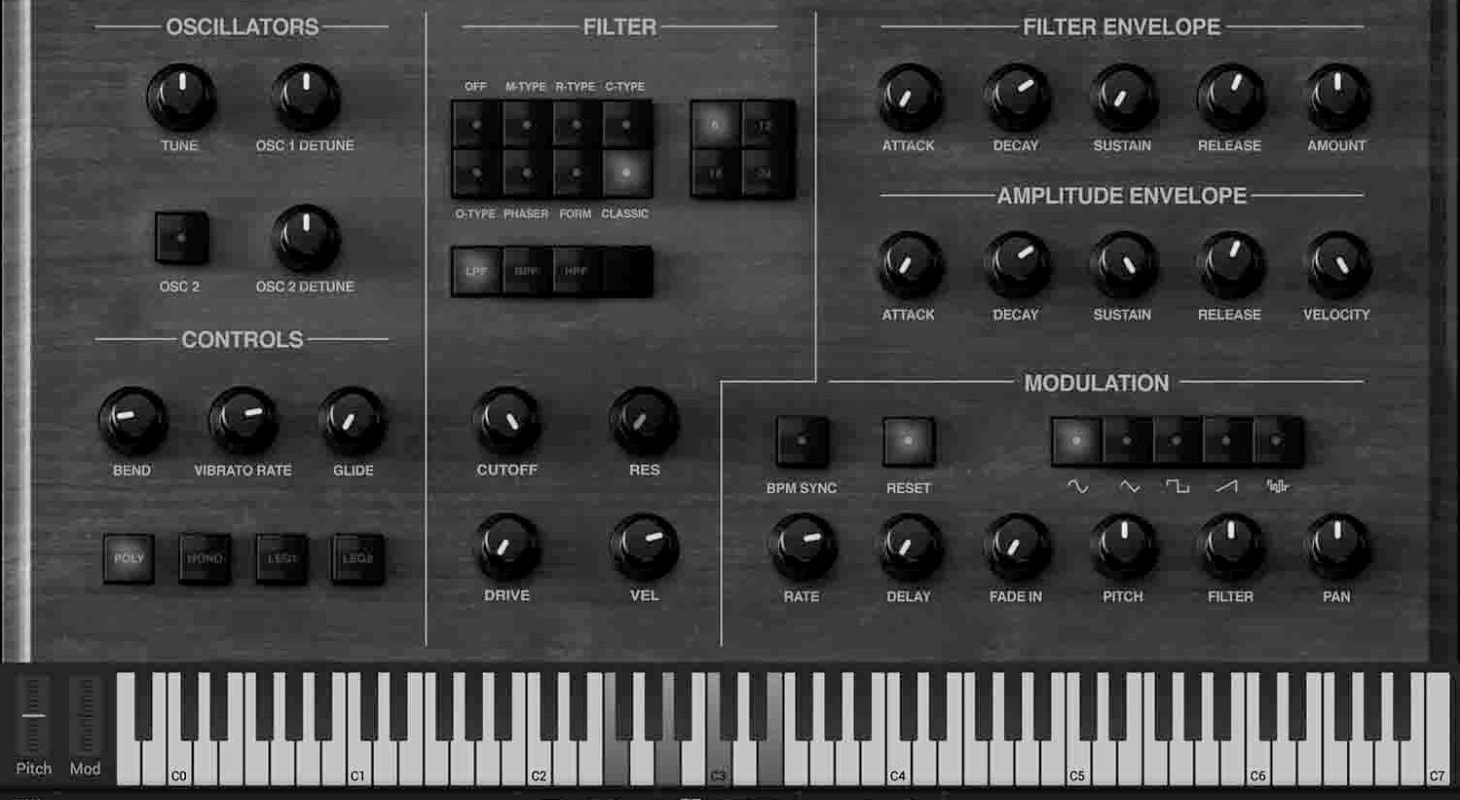If you’re anything like me, you love researching the stories behind how your favorite songs were crafted. I love music theory and technique as much as the next guy, but I also have a deep interest in the studio gear my favorite bands use.
Unfortunately, if you’re like me, you’re probably on a tight budget. Spend any amount of time on Reverb, and you’ll find Rhodes keyboards and Moog synthesizers selling for $1000 or more. No thanks!
While there’s nothing like owning an authentic piece of hardware history, you can find great VST emulators online – and many are free! Over the last year, I challenged myself to find as many free analog-emulating VSTs as I possibly could.
Just over a year later, my results have not disappointed. Let’s check them out below!
Table of Contents
Prerequisites
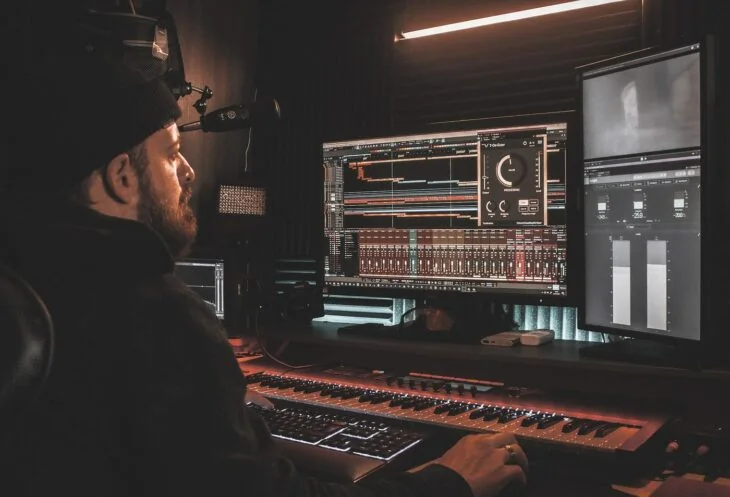
Before looking at my list, here’s the criteria I was looking for:
First, while I enjoy tinkering with DAWs, I’m not a production professional by any means. I wanted VSTs that were straightforward to install and configure.
This means you can start using my suggestions immediately after downloading them. Just extract/unzip the folders as needed, then copy them into your designated extensions folder and restart your DAW.
Second, I wanted quality emulations that force you to use them like the original hardware. Often, this means they’re WYSIWYG (“what you see is what you get”).
This may mean they’re harder to interact with at first, but hey … back in the day all you had were buttons! In a sense, I’m treating some of these VSTs as brand-new instruments.
Electric Piano VSTs
Sweetcase EP (by NoiseAsh Audio)
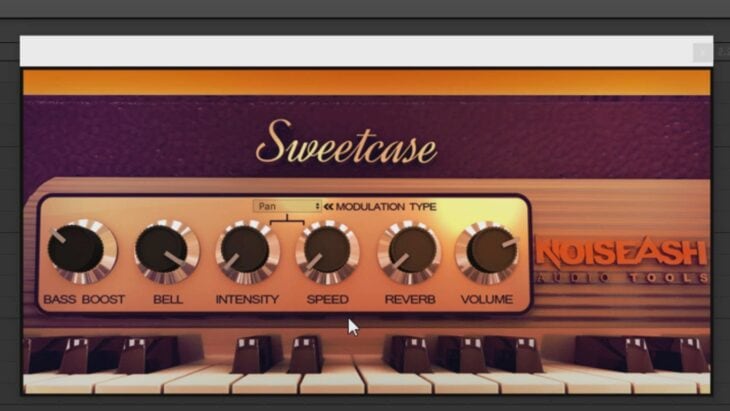
Original hardware: Rhodes piano
Classic example: “Riders on the Storm” by the Doors
Why this VST is great: Its rich, deep tone that is highly customizable
For rock pianists, one of the first things you look for after an acoustic piano is a quality electric piano. Throughout rock history, one model reigned supreme: the Rhodes piano. It used built-in pickups to capture the sound of metal tines and hammers, giving its characteristic bell-like tone.
Sweetcase EP reproduces this sound remarkably and gives you plenty of parameters to dial in the sound you want. They include vibrato depth and speed, and reverb. It also includes several presets to help you out, without being overwhelming.
MK Merlittzer (by Bigcat Instruments)
Original hardware: Wurlitzer piano
Classic example: Joe Zawinul’s on “Mercy Mercy Mercy” (recorded by Cannonball Adderly)
Why this VST is great: It’s a no-nonsense display and authentic sound
If the Rhodes piano is synonymous with rock, then the Wurlitzer is synonymous with jazz. It was championed by Miles Davis, Herbie Hancock, and Ray Charles. It was built like the Rhodes but used reeds instead of metal tines. This gave it a slightly more aggressive sound.
MK Merlittzer is a no-nonsense emulation that gives you some basic control over the sound envelope. That’s it though – which is just fine because it sounds fantastic!
Keys of the 70s (by LostIn70s Audio)
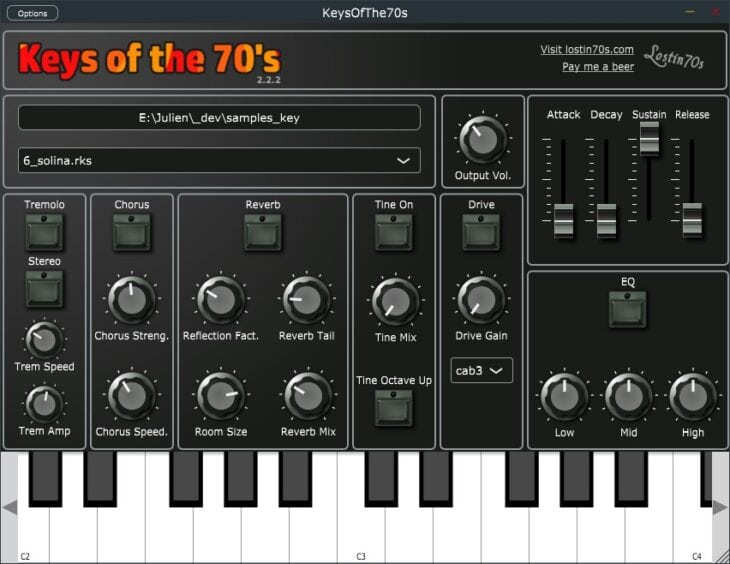
Original hardware: Rhodes, Wurlitzer, Clavinet, and Vibraphone
Why this VST is great: Keys of the 70s is a great collection of multiple keyboard sounds, with plenty of intuitive parameters
While Sweetcase EP and MK Merlittzer are VSTs for individual instruments, Keys of the 70s is a single VST with a collection of sounds. Alongside Rhodes and Wurlitzers, it includes clavinet and vibraphone.
Clavinets defined Stevie Wonder’s iconic sound in hits like “Superstition” and “Higher Ground.” Vibraphones may have less exposure but were occasionally used in jazz.
If you are wanting multiple electric piano sounds, and prefer them all in one place, then this VST will work great for you. Additionally, it also lets you add certain effects like vibrato and chorus.
If you download the VST from another website though, you may need to download the instruments’ samples as RKS files, separate from the VST itself.
Electric Organ VSTs
CollaB3 (by Sampleson)
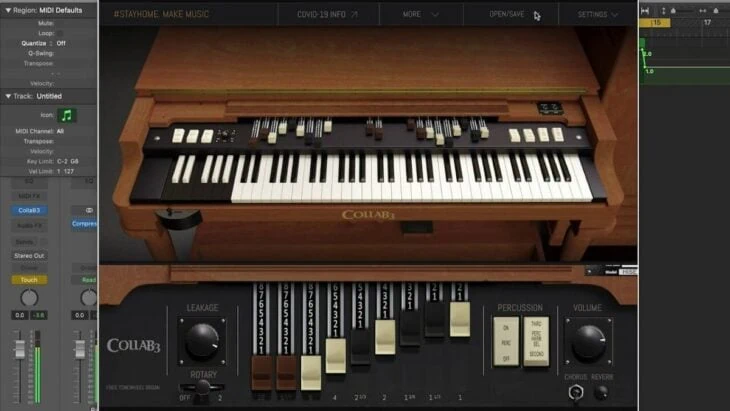
Original hardware: Hammond organ with Leslie speaker
Classic example: Al Kooper on “Like a Rolling Stone” (recorded by Bob Dylan)
Why this VST is great: With nine drawbars and rotary speed adjustment, CollaB3 is an intuitive VST that perfectly emulates the workflow of a Hammond
Anyone who listens to their fair share of blues and rock knows that the Hammond organ is an essential instrument to add to a pop keyboardist’s arsenal. There are several VSTs I’ve played around with, but none of them are as straightforward and groovy as CollaB3.
If you have faders or encoders on your MIDI keyboard, CollaB3 easily lets you pair them with each drawbar (just right-click the drawbar, select “Learn MIDI CC,” then move your fader). This means that you can treat your MIDI keyboard like a real Hammond and change your sound in real-time!
Combo Model V (by Martinic)
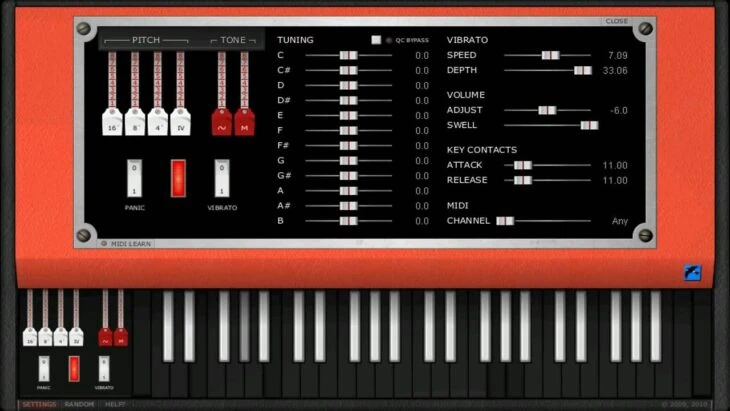
Original hardware: Vox Continental organ
Classic example: Alan Price on “House of the Rising Sun” ( recorded by the Animals)
Why this VST: it looks just like a Vox Continental, with many of the same parameters as the hardware
The Hammond organ may have been more widely used, but the Vox Continental organ had its own share of users in the 60s. Its harsher, reedier sound helped make the Animal’s “House of the Rising Sun” an enduring classic. It was also used by the Doors, Van Morrison, the Monkees, and the Beatles.
Martinic is a Dutch company that specializes in translating analog hardware into software. They sell many of their products for over $100. Combo Model V is their free product, but it is built with the same quality and care.
Between the Combo Model V and CollaB3, you’ll be ready to play any organ riff your heart desires!
Conclusion
VSTs provide an effective way to explore music history on a budget. No matter what kind of music you work in, I believe it’s incredibly helpful to have a working knowledge of instruments and sounds from diverse time periods and musicians.
For one thing, knowing about vintage instruments helps you understand how previous musicians crafted their music. It also allows you to expand your creativity by incorporating new sounds into your music. Perhaps most importantly though, it lets you join their tradition by taking inspiration from them.
With the wonders of open-source software, technology, and the internet, you can tinker with vintage sounds without even buying the instruments! I hope this article gave you some great new sounds to use in your music today.
And as always: enjoy the journey, and always, ALWAYS have fun!

